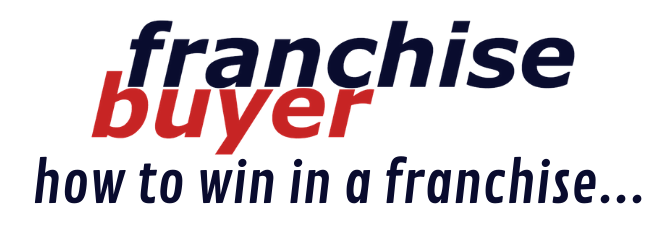June 23, 2016
Store Refurbishment — Getting Bang for Your Buck!
For many retailers, the idea of refurbishing can feel about as exciting as a trip to the dentist.

That niggling ache in your molar needs attention, but unless it’s an emergency, you’re prepared to grin and bear it. Only when the tooth cracks or the filling fails are you finally resigned to endure the pain and expense of rectification.
The pain of dust and downtime along with the unknown capital expense, however, are enough for most retailers to find excuse to defer refurbishment of their stores to another day. But like a great smile, the end result of a store refurbishment can be a fresh face for customers to appreciate and enjoy. The truth is refurbishment is a fact of life for retailers.
Deferring can cost you in the long run
It’s not if but when it has to happen, and with proper planning, a makeover can be less painful and expensive than it has to be. Deferring the expense can save you money now but may be more detrimental to your business in the long run. Like a motor vehicle, your shop fit-out requires regular attention. You can delay the servicing of your car indefinitely, but you must also accept the increasing risk of breakdown and more expensive repairs. Inefficient layout, outdated retail practices, and tired décor can all affect sales, with the opportunity cost often 20–30% of total sales.
Unfortunately, shops don’t come with a sticker on the windscreen telling us when to service, so realising the right time to “bite the bullet” can be confusing, but what are the triggers to consider? The need for refurbishment can come from a number of factors. It might be a single event such as a change in management or by the cumulative effect of smaller factors such as wear and tear, technology upgrades, and building maintenance.
When Refurbishment is “On the Cards” Over the years, I have found the top five signals for refurbishment to be:
1. Lease Renewal — where the requirement to refurbish at the time of exercising a lease option is written into the lease agreement.
2. Growth or Decline in Sales — where the changing needs of the business, either positive or negative, requires expansion or contraction of the retail floor area.
3. Re-branding — where the business changes its franchise or buying group or so on and requires new signage and livery.
4. Repositioned Offering — where the market has moved and the business must change its product offer to compete.
5. Wear & Tear — like the “boiling frog syndrome”, wear and tear happens slowly and may not be readily apparent to staff and management. It is always important to look at your store through the eyes of a new visitor. You may discover that the warts you have learnt to ignore are plain-as-day to customers.

Full-Shop Fit-out versus Refurbishment
A full fit-out can solve all your design problems and give you the opportunity to plan on a clean slate, but it is also the most costly and disruptive to trading. Sometimes a full fit-out is unavoidable.
If the productive life of existing fixtures has expired, then it’s false economy to attempt resurrection. If much of the store structure (such as shelves, counters, ceilings, and floor), however, is perfectly useable, then refurbishment is usually a better option. By upgrading even just a few selected elements such as signage, lighting, and painting, a “fresh face” can be presented to customers. When selecting the elements that will be included in your refurbishment, the key criteria should be “bang for your buck”.
This means every dollar you spend should be directed towards items that have the greatest impact on the customer experience. For example, a new logo, signage, and graphics, which are right in the customer’s sight line, will have much more impact than a new shelving system that is essentially hidden by product. If, however, your existing shelving system is severely restricting the quantity of stock you can display, then the investment may be justified by the impact a greater product range can give to customers.
Generally, the elements that should be considered in a store refurbishment can be divided into three categories: branding, operations, and maintenance. “Branding” is about adding things to improve your store’s appearance and presentation. This can include a new logo, signage, paint, décor, and feature displays.
These are usually high exposure elements that can be implemented at relatively low cost and so represent good candidates for refurbishment. “Operations” is about moving or changing existing elements to improve the performance and efficiency. This may include relocating fixtures to increase customer traffic flow, renovating sales counters to incorporate new POS equipment, upgrading lighting technology, or installing automatic doors at the entry. “Maintenance” is about fixing the “warts” that can no longer be ignored or concealed by make-up. Stains from water leaks, torn carpet, broken display fixtures, overloaded power points, and faulty air-conditioning are all things that should be addressed here.
Although costs can vary greatly, generally a store refurbishment should sit around 30% of the cost of a full fit-out. Sometimes, specific equipment such as a new air-conditioning or security system can bump this higher, but if you’re spending more than 50%, you should consider whether the “clean slate” option represents better value in the long term. Cost is always the yardstick, but remember the reason for refurbishment as opposed to a full shop fit-out is to save money. Focus on the things that customers see, touch, and feel and you will generate maximum impact your on sales and store performance.















